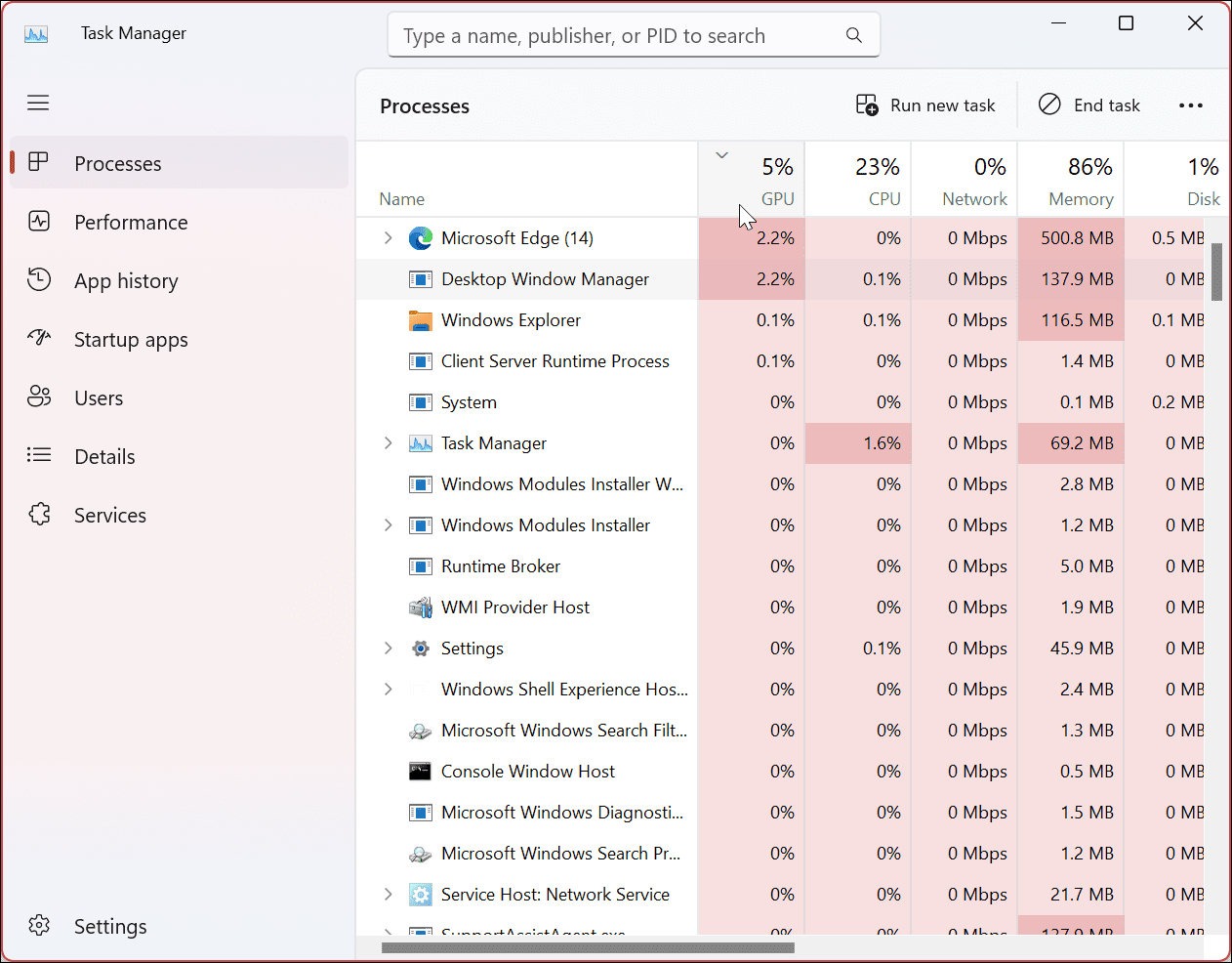High GPU usage is a common issue for gamers, particularly those with high-end graphics cards. When a game or other graphics-intensive application requires a lot of processing power, the GPU may become overloaded and struggle to keep up with demand. This can lead to decreased performance, stuttering or freezing, and even system crashes.
To prevent these issues, it’s important to monitor your GPU usage and make adjustments to your game settings or hardware as needed. With the right approach, you can ensure that your gaming experience is smooth, responsive, and free from GPU-related issues.
Overlay application GPU overuse is a typical problem. If a computer is running one or more full-screen video players, it will often cause its GPU to run at 100%. This can slow down performance and increase power consumption. The best solution is to turn off any programs that use the GPU and/or create a desktop shortcut, which will reduce CPU usage.
You can also try reducing refresh rates in games or lowering the resolution, but these may have even worse effects on your gaming experience. When your GPU is overworked, the performance of your other computer tasks may suffer. Many factors can cause this, but the solution is pretty much always the same.
Table of Contents
You can follow these steps to fix high GPU usage
- – Check your GPU’s temperature. If it’s above 60 degrees Celsius or below 40 degrees Celsius, there may be an issue with your cooling system that needs to be addressed.
- – Check for any rogue processes that could be using up a lot of CPU/GPU resources.
- – Update all of your drivers to ensure you are on the latest version and reset them if necessary.
- – Avoid multitasking if possible when using graphics-intensive applications, as this can put more strain on the graphics card and use more power than necessary.
- – Turn off any background tasks that aren’t essential to your computer’s operation. Such as database connection, file system synchronization, spyware scanners, and other similar applications.
- – Use the Task Manager to close programs before they start causing problems.
- – Try disabling any NVIDIA or AMD graphic drivers’ trial screens or checking the “Always trust this publisher” option if you are using an OEM/reference video driver.
Why High GPU Usage?
While the majority of issues around high GPU usage are not caused by the video card itself, it can still be a problem if it’s not handled properly. In many cases, the problem is with a driver, rather than the GPU itself. If you encounter high GPU usage in games that you have run before without any issues and/or changes in your system’s hardware or software, you may need to update your driver.
Beginning of high GPU usage problem
If you’re using a laptop with an integrated GPU, you’ll want to make sure your laptop’s power management settings are set correctly. On Windows 8/7, there’s a great guide to help you determine which settings you need to change so your laptop doesn’t overheat while it’s in use.
Check also: Logik Soundbar Universal Remote Codes
Windows 10 has built-in power management settings that will help you keep your device cool enough. So if your high GPU usage starts after installing Windows 10, make sure that the settings are configured properly before reporting the problem. NVIDIA & AMD have their own cooling systems for laptops and we do not know if it’ll be fixed for laptops with integrated GPUs on Windows 10/8 or 7.
Final Verdict
Check your graphics card manufacturer’s website first to see if they have any drivers available. If they don’t have anything, try visiting the hardware manufacturer’s website and see if there are any chipset drivers available. As a last resort, you can try installing generic Windows updates.
FAQs
Q1: What is GPU usage and why is it important for gaming performance?
A: GPU usage refers to the amount of processing power your graphics card is using while running a game or other graphics-intensive application. High GPU usage is important for gaming performance because it determines how many frames per second (FPS) your system can output, which can have a significant impact on the smoothness and responsiveness of the game.
Q2: What causes high GPU usage?
A: High GPU usage can be caused by a number of factors, including high game settings, high display resolution, demanding game engines, poorly optimized game code, and overheating or hardware issues.
Q3: How can I monitor my GPU usage?
A: You can monitor your GPU usage using built-in tools such as Windows Task Manager, third-party software like MSI Afterburner or GPU-Z, or game-specific overlays like Steam’s built-in FPS counter.
Q4: How can I lower my GPU usage?
A: You can lower your GPU usage by lowering game settings such as resolution, anti-aliasing, texture quality, and shadow quality. Other methods include limiting your FPS, updating your graphics card drivers, optimizing your PC for gaming, and upgrading your hardware.
Q5: Can high GPU usage damage my graphics card?
A: High GPU usage can cause your graphics card to heat up, which can potentially damage it if the temperature gets too high. To avoid this, make sure your graphics card is properly cooled and avoid overclocking or pushing it beyond its limits.

Virat Raj is a Digital Marketing Practitioner & International Keynote Speaker currently living a digital nomad lifestyle. During his more than 10 years-long expertise in digital marketing, Virat Raj has been a marketing consultant, trainer, speaker, and author of “Learn Everyday yourself: In Pursuit of Learning” which has sold over 10,000 copies, worldwide.

